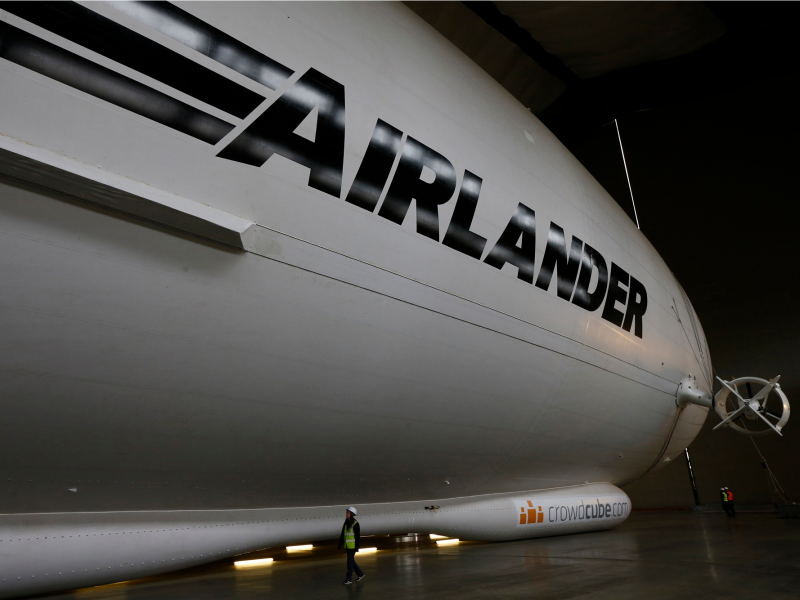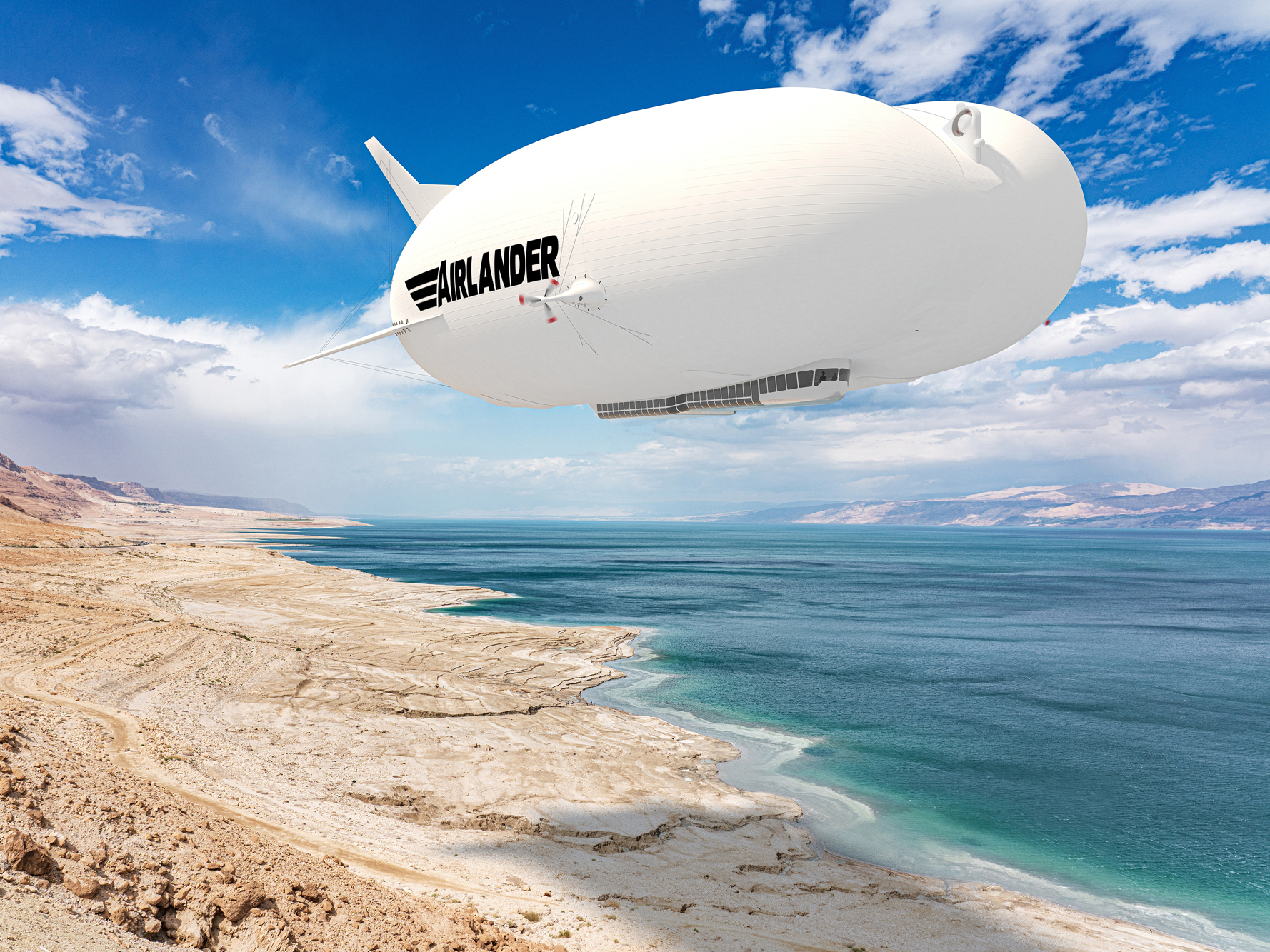- The Airlander 10 – a hybrid aircraft vehicle with multiple uses – was first announced as the world’s longest aircraft, and its recent update on January 23 has made it even longer.
- The full-length interior will be 320 feet long, making it about 5% longer than its previous 302-foot design, BBC reported.
- The aircraft has been nicknamed the “The Flying Bum” due to its appearance.
- Visit Business Insider’s homepage for more stories.
The Airlander 10 – a hybrid aircraft vehicle with multiple uses – was first announced by its maker Hybrid Air Vehicles as the world’s longest aircraft, and its recent update on January 23 has made it even longer.
The new production design changes in the announcement that included its new length – increased by 5% – shows improvements in multiple areas of the aircraft, including an increase in its efficiency and functionality, according to its maker.
The company is also currently working on creating electric propulsion capabilities with Collins Aerospace and the University of Nottingham with the hopes that future iterations of Airlander 10, which is projected to be hybrid-electric, will emit 90% fewer emissions.
Airlander 10’s maker claims it has “minimal” infrastructure needs and is relatively quiet. It has a 10-ton maximum payload and can be in the air for five days with a maximum range of 4,000 nautical miles, about 4,603 miles. It can also soar to 20,000 feet maximum.
However, the payload, flight duration, and range numbers all change per aircraft built depending on the intention of its use.
Airlander 10 has multiple potential applications: defense and security, logistics, luxury travel, maritime and coast guards, and transportation for private clients, according to its maker, and these uses can all be achieved with different interiors and accessories. For example, there are facilities for crew members if the Airlander 10 is being used for maritime and coastguard purposes, and its maker claims it can be used for defense and security because it has on-board sensors that can be used to gather data.
The initial idea for The Flying Bum was announced several years ago, but the new production version was just revealed on January 11.
Keep scrolling to see what changes were made and how they will improve the aircraft:
The drag has been reduced in the new model. This was done by changing the shape of the Airlander 10 and modifying the propulsion and landing instruments, among other things.
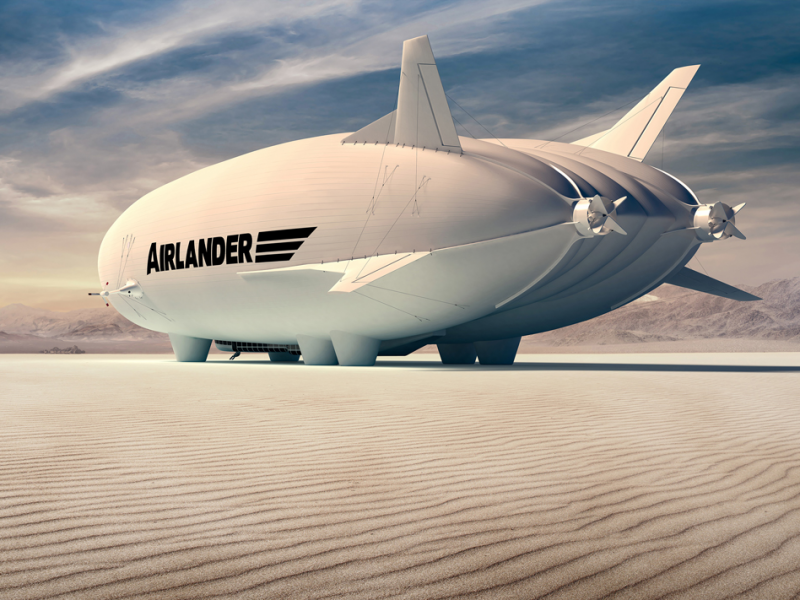
By doing this, HAV decreased the amount of fuel needed for the flight, giving it 75% fewer emissions than a "comparable aircraft," according to its maker.
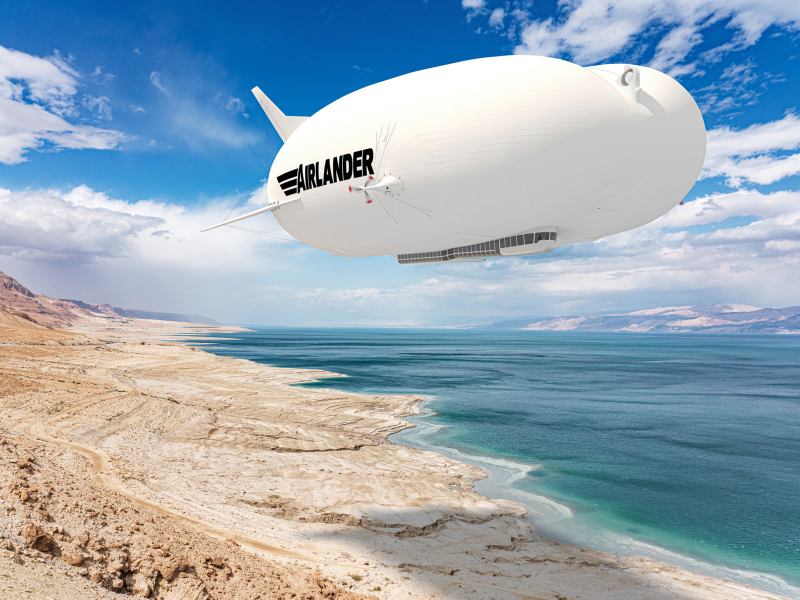
Its maker also claims that the handling has been improved for actions including take-off, climbing, cruising, descending, and landing.
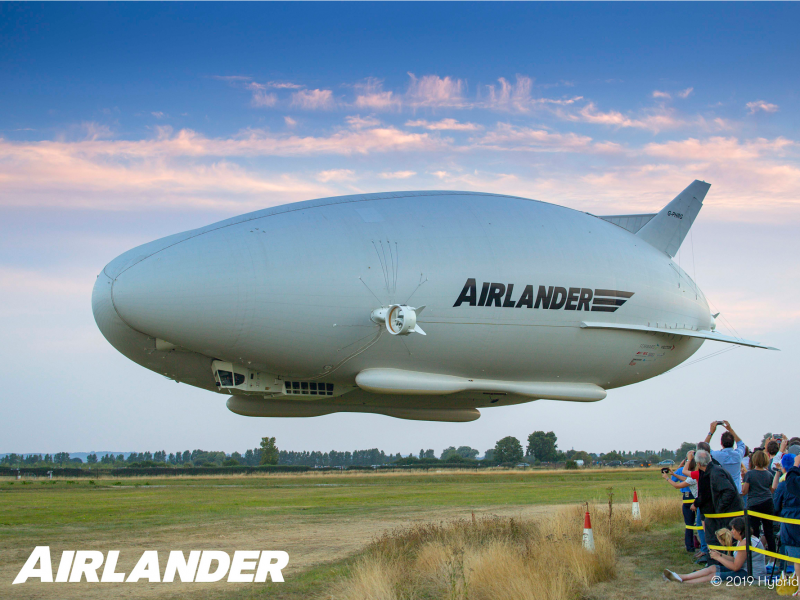
A bow thruster, which increases its handling at slow speeds and while on the ground, has also been included.
These changes decrease the amount of work the pilot needs to do while increasing its capability to fly under certain environments, such as high wind speeds.
Unlike jets, yachts, or helicopters, The Flying Bum can take-off and land from land, ice, or desert environments because it doesn't need the typical take-off and landing infrastructures. This also makes it cheaper to operate.
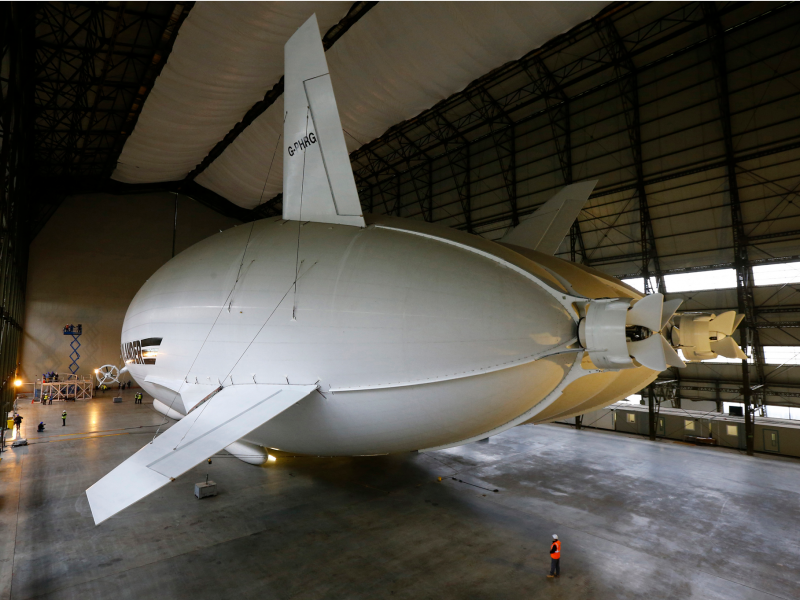
There’s also a new forward propulsion system, which helps during take-off and landing by increasing its control while decreasing its weight and drag.
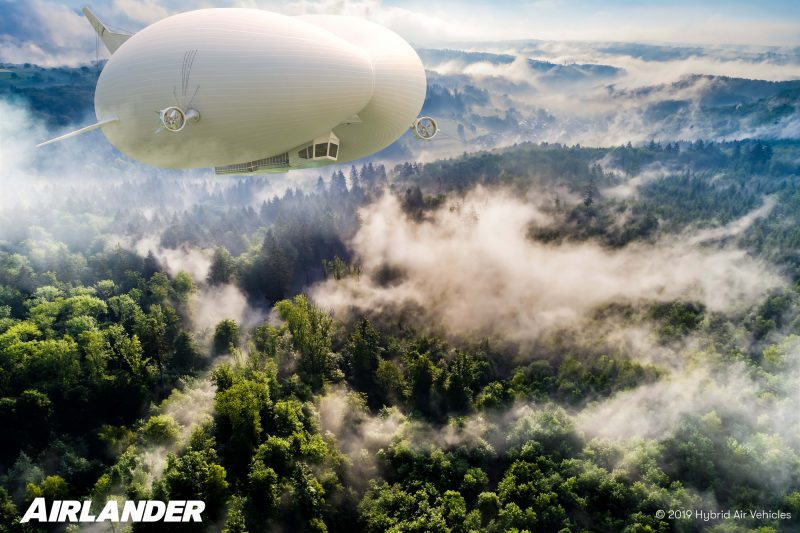
The new cabin now has more internal space at 2,100 square feet. The full-length interior will be 320 feet long, making it about 5% longer than the previous 302-foot design, BBC reported.
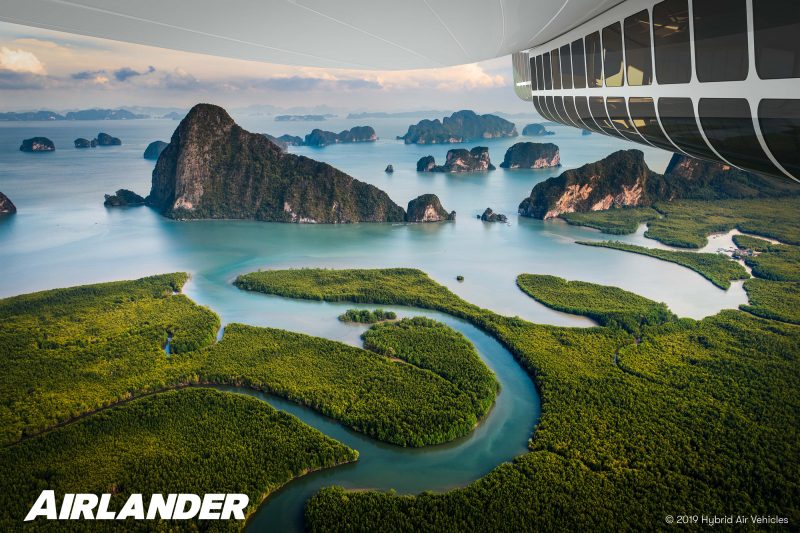
"Dining, hosting, and entertaining can all be offered to a high standard, enhanced by the ever-present sights and sounds of the world outside," HAV said on its website describing the amenity options of the Airlander 10.
The cabin is customizable and can include options such as in-flight WiFi.
Source: BBC
However, there will be shorter lengths available.
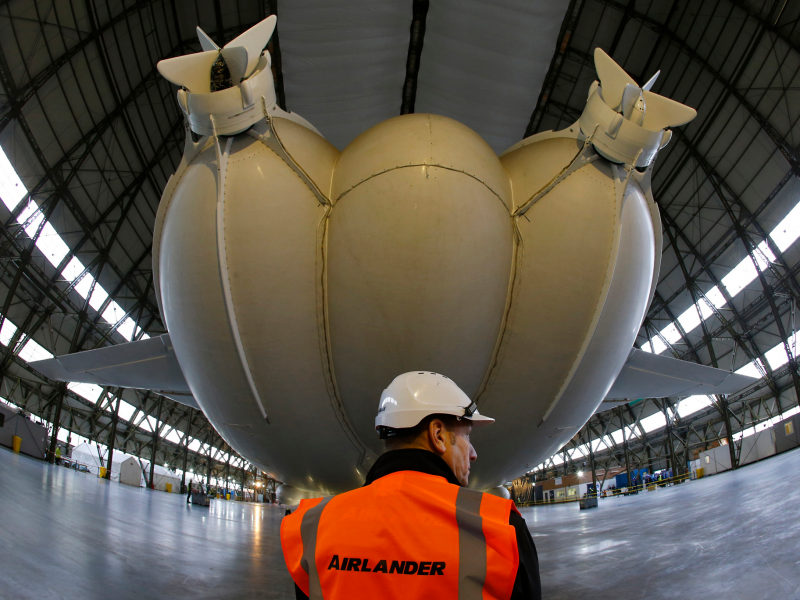
The Flying Bum can accommodate over 16 overnight passengers and 40 dining passengers.
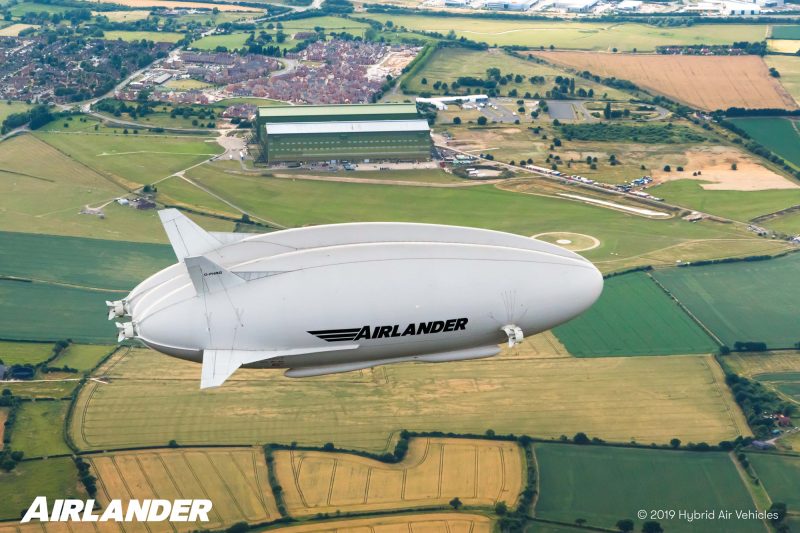
HAV also improved the maintenance access points to make repairs easier.
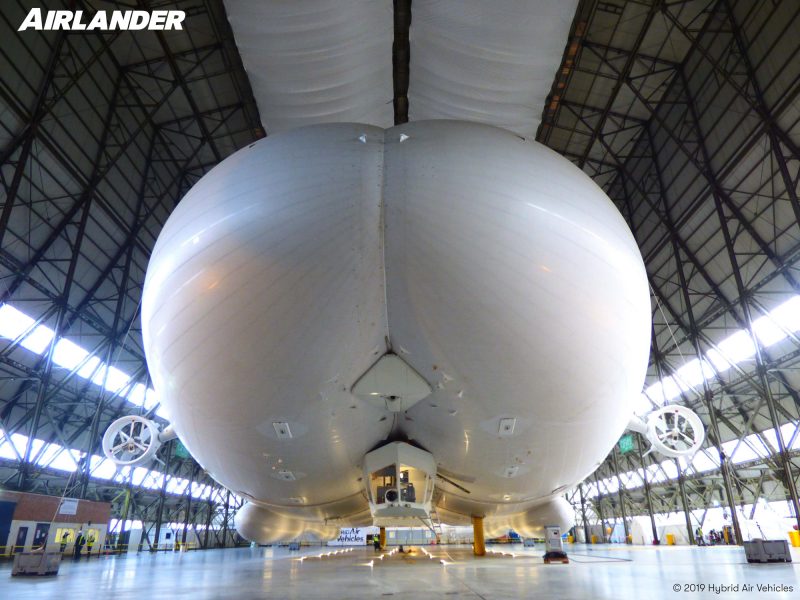
Its maker also made the landing gear completely retractable while in the air, therefore reducing its drag and giving the passengers a better view of the outside...
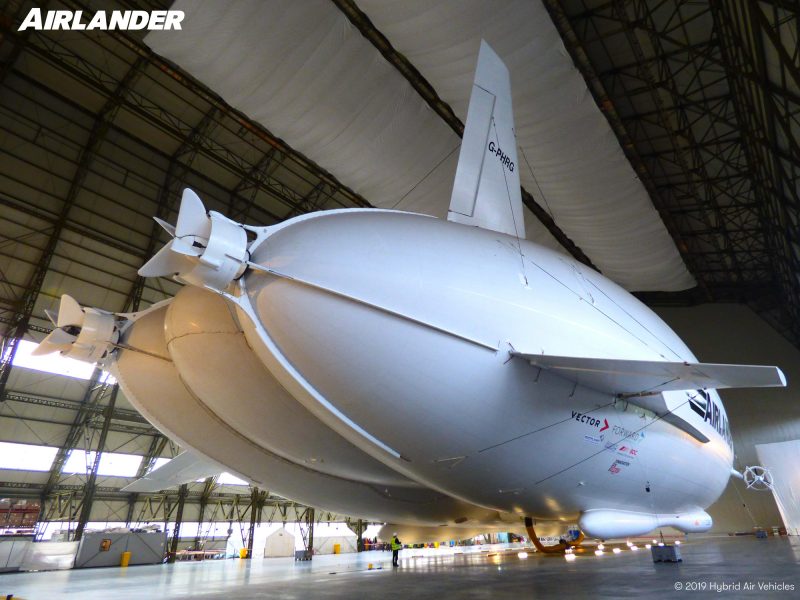
...while increasing its ground clearance and stability.

HAV is planning on certifying the Airlander 10 with the European Aviation Safety Agency and the Federal Aviation Administration, allowing it to be operated in both Europe and the US.
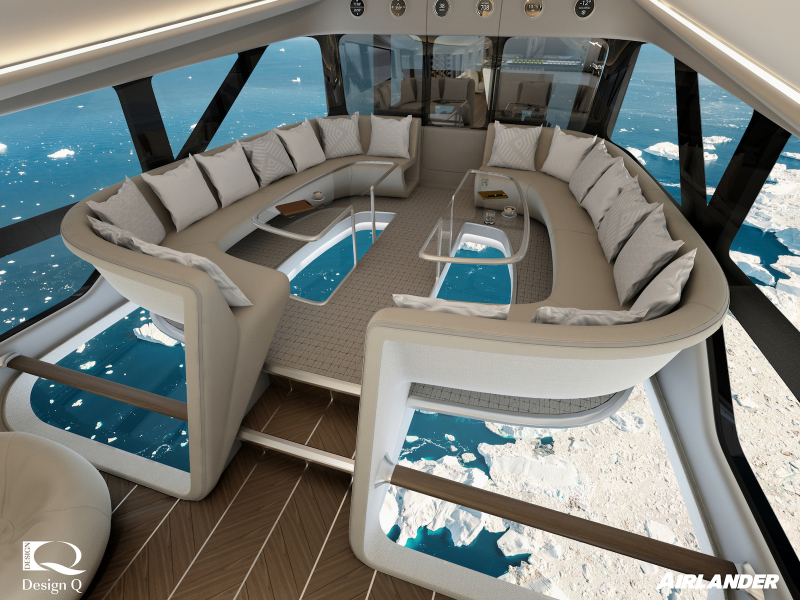
The company has a goal of being carbon-neutral.
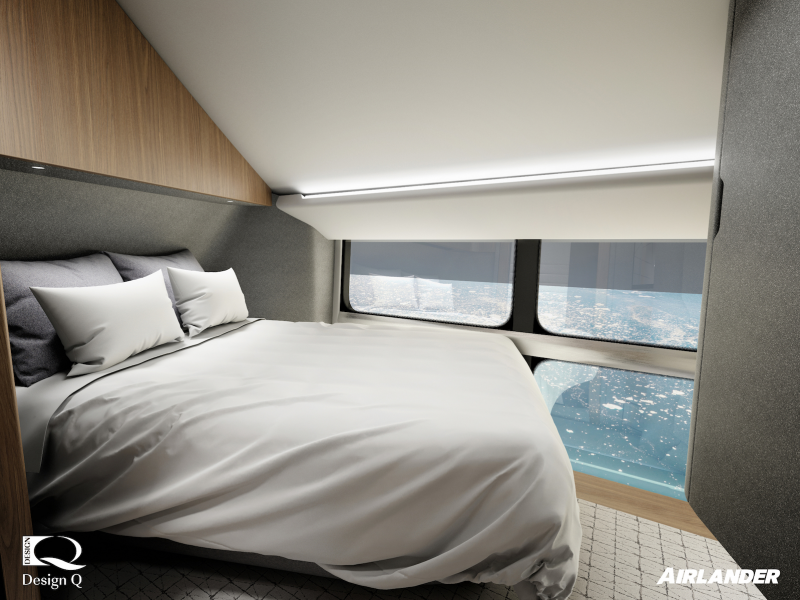
The Airlander 10 will cost those who order it at least $42 million, according to Robb Report.
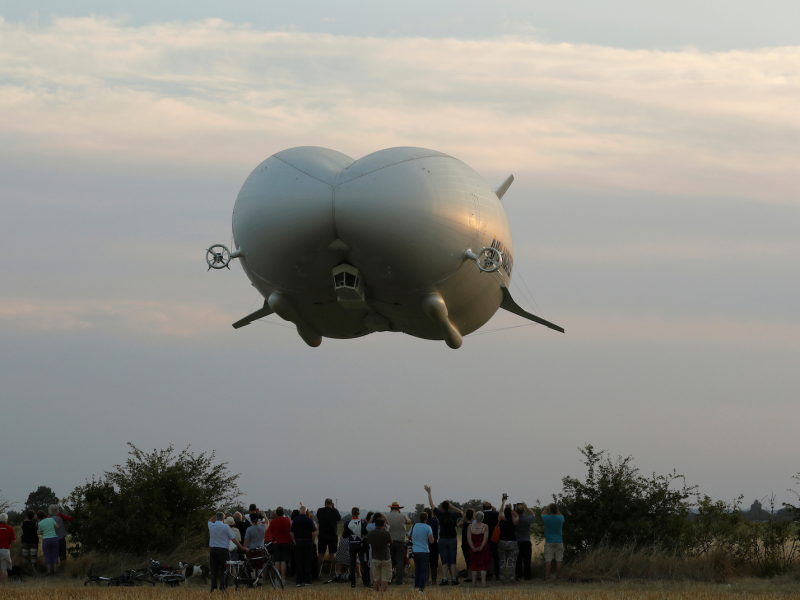
Source: Robb Report
It's set to be in the air by 2024.
